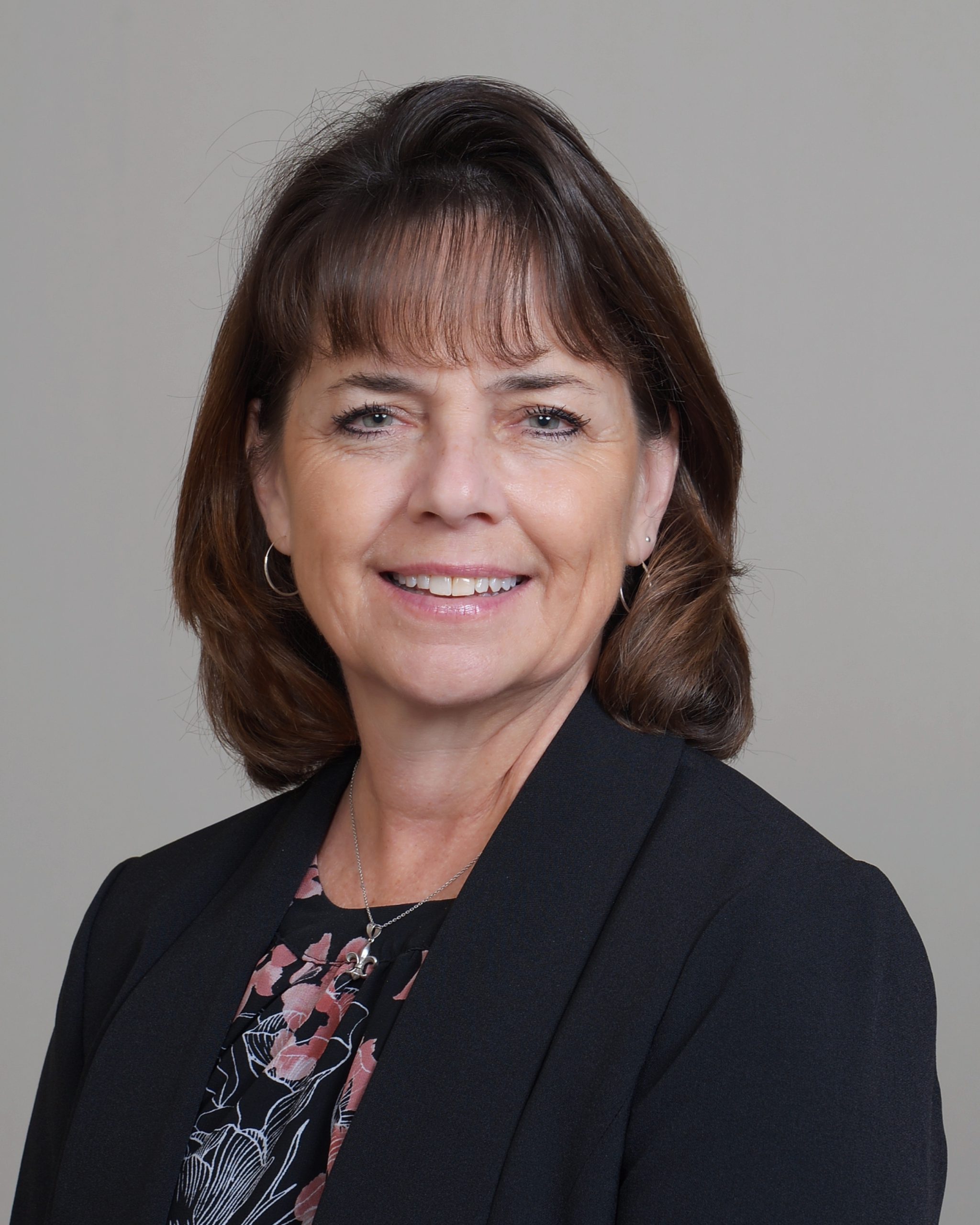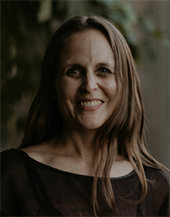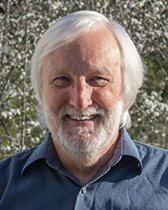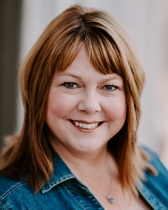Navigating the Confusing Array of Digital Learning Definitions
As students sign up for courses, they are faced with course delivery options such as online, remote, hybrid, hyflex, synchronous, and asynchronous – but how these are defined is not always clear, and they vary even within an institution and, sometimes, within a department.
It is confusing for faculty and staff. Students are often left adrift. The remote learning explosion resulting from the pandemic only made it worse.
To understand the scale and nuances of the issue, WCET collaborated with Nicole Johnson Research and Consulting and Bay View Analytics to conduct an open survey of digital learning faculty and staff. Definitions used successfully in Canadian Digital Learning Research Association (CDLRA) surveys were posed to respondents to gauge their agreement with them. The Online Learning Consortium (OLC), Quality Matters (QM), and the University Professional and Continuing Education Association (UPCEA) helped distribute the survey and disseminate the results.
This webcast provided a preliminary look at the survey results, including:
- What are the various terms used to describe modalities in digital learning?
- Is there a consensus on how to define digital learning?
- Do institutions have common definitions used across the college or university?
- What are the implications for institutions in how they support and advertise these courses?
- What does this mean for how faculty and administrators communicate with each other?
Beyond the survey, the webcast previewed comparisons that WCET and the State Authorization Network are creating of “distance education” policy definitions. With each being slightly different, institutional compliance and student understanding are both hampered.
Speakers:
Nicole Johnson
Executive Director, Canadian Digital Learning Research Association
Jeff Seaman
Director, Bay View Analytics
Moderator:
Shannon Riggs
Associate Vice Provost of Educational Programs and Learning Innovation, Oregon State University



